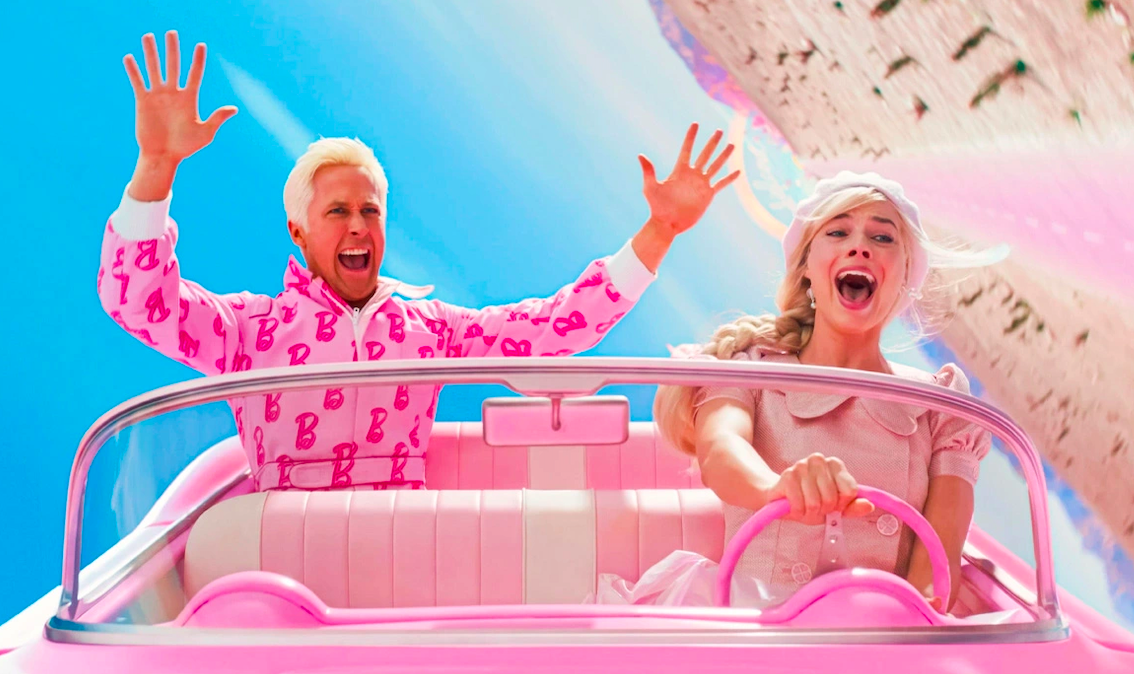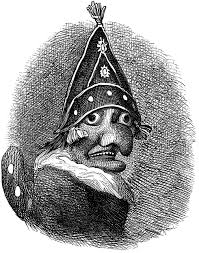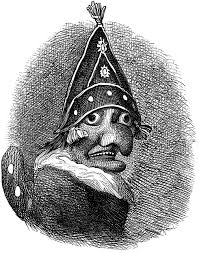Sunday Morning / July 23, 2023
Barbie: The Movie premiered worldwide on Friday to scathing reviews from conservative moviegoers who were expecting a feel good > femme fatale > girl boss flick in exchange for the new preferred seating fetching $20+ per ticket. Still only half the price of a Laverne Cox inspired Transgender Barbie released last year.
Since 1959, over 1 billion Barbie dolls have been manufactured and sold throughout the world. At 11.5 inches tall, Mattel created the illusion of a statuesque 5’9, 36-18-33 celebrity, rock star, pilot, Olympic athlete, doctor, rapper, astronaut and presidential candidate. According to the U.S. Surgeon General, those particular measurements lack the 17-22 percent body fat necessary for human women to actually ovulate, conceive and procreate. Oh, well.
Because representation is everything, right? “If you can see it you can be it,” said Billie Jean King, the greatest (if childless) female tennis champion of all time. While discussion about gender identity and expression continues to confound policy makers, conflating gender with sex may be as much of a copyright infringement as Mattel’s encroachment on Bild-Lilli’s hip joint. It seems the new Warner Bros. version of Barbie and Ken now just want to be “themselves.” Anything's Possible
The advent of Barbie coincides with the Second Wave of Feminism. Having achieved the right to vote, own property, even drive her own car down a country road during the Suffrage Movement, the second wave included a debate on reproductive rights, workplace discrimination and equal pay, all de facto legal inequalities in 1960. Mattel stepped in.
As Ruth Handler watched her daughter Barbara play with paper dolls, she noticed ‘Barbie’ giving them adult roles. Heretofore, toy dolls were predominately corncob, clothespin style wooden babies. But why not unleash adult-bodied plastic dolls with a red lip, full bosom, seductive sideways glance, hourglass hips and no genitals on children? Mattel's board was initially neither interested nor amused.
Mattel Creations was created in Elliot and Ruth Handler’s garage at a day and time when American radio programs like “The Pepsodent Show” dominated the Golden Age of Radio. The variety program promoted a parade of celebrities entertaining U.S. soldiers during WWII where Bing Crosby, Judy Garland, Frank Sinatra, Rita Hayworth, and Audrey Hepburn all glamorized occupational and humanitarian purpose.
During a trip to Europe in 1956, Handler encountered an 11.5 inch tall German toy doll called “Bild Lilli.” The doll was based on a popular character appearing in a risqué comic strip by Reinhard Beuthin for the newspaper “Bild" and Handler purchased 3; retuned to the U.S. to dupe a prototype with designer Jack Ryan; and donned the dolls with an original 23-outfits poached from the USO lineup for $3 a pop including Garland’s “Easter Parade;” Hayworth’s famous zebra swimsuit;” and Audrey Hepburn’s “Roman Holiday.”
Barbie and Ken premiered at the American International Toy Fair in New York City on 9 March 1959 (Barbie’s birthday); and summarily in the first television commercial ever to connect children with celebrity culture later that year. *Sidebar: Mattel was sued for copyright infringement by Louis Marx Co., and settled by purchasing their patent for 21K.
Sixty three years on, Mattel’s current collection of 175 Barbies + coordinating outfits now present with different body types, skin tones, and proclivities. Body positivity, multiracial, and national representation are among the many crusades at Mattel. But on Friday, Barbie and Ken got an opportunity to live in the real world. This time, they're not merely following the trends. They/Them are politicizing them.Live Your Dream
Set in Barbie Land, a utopia where each Barbie has an impressive job, narrator Helen Mirren’s wryly proclaims, “all problems of feminism and equal rights have been solved.”
The film follows Barbie (Margot Robbie) on her quest to find true happiness amongst real people after being expelled from Barbie Land for being less-than-perfect. She and Ken (Ryan Gosling) are thrust into an existential crisis in the real world.

AP
Trans actress Hari Nef, queer actress Alexandra Shipp, and gay actor Scott Evans juxtapose Toy Executive (Will Farrell) tirades that all begin with the admonition: “just call me mother.” Even "Allan" (Michael Cera) who was trademarked in 1964 as Ken's best buddy; designed to share his colorful wardrobe of clothes; discontinued in '66 for consumer backlash; reintroduced in '91 as husband and father; emerges decidedly single in Greta Gerwig's subtext to the Gay Liberation Movement.
It all comes just as a wave of anti-transgender bills are riling the nation. There have been more anti-LGBTQ bills introduced in State Legislatures this year than in each of the previous five years combined, including LGBTQ Erasure bills; and bills that expunge legal protections currently in place for the LGBTQ community. According to the Human Rights Campaign, State Legislatures have advanced 562 Anti-LGBTQ bills in 49 states in 2023: 79 have passed; 129 have failed; and 354 remain active.
In particular, they combine to prevent LGBTQ youth from access to best-practice health care; transgender students from playing school sports; drag performances to minors; drag performers reading to minors; drag performances in public places; and Bathroom Bills.
The HRC, Trevor Project, and ACLU all have initiatives in place to promote representation; combat stigma and persecution; promote sexual health and equity; and provide access to work opportunities, professional development and education.Be Yourself
We needn’t look too far back to a day and time when French princes wore silk stalkings, satin britches, powdered wigs and rouge. Or to Ottoman kings swathed in ermine fur and amber earrings. Even the Pope dons a satin gown, red velvet slippers and Papal crown.
In fact, DRAG (an acronym for dressed-as-a-girl) derives from the Shakespearian stage. At a day in time when women were prohibited from public performances, young men by law dressed up and played their part. Cabaret appears in Paris from the late 16th century onward, and RuPaul is 'werking the world' on MTV with 15 seasons; an 0.63 advertising rating among the 18-49 demographic; sold out concert tours; and whipping up culture wars around the world.
While representation has and continues to evolve from age to age, its worth mentioning that non-binary people aren’t necessarily transgender, intersex or even cross dressers. While they can fall into one of those three categories, more often they stand alone, unique, one of a kind personifications in the evolution of human expression.
Asia Kate Dillon, the first person ever to portray a non-binary character on Showtime's "Billions" in 2017, describes preparing for their groundbreaking role:
Sex is between your legs. Gender is between your ears. They’re two very different points of view.
While their sex is female, their gender is non-binary. Bluntly, they and them are not informed by their genitalia, but rather blur masculine and feminine characteristics together or can reject and abandon them altogether.
In reality, all non-binary people are automatically expelled from the utopian male-female dichotomy into a gender fluid world: sometimes a boy; sometimes a girl; sometimes in between; a new gender of human being.
As Mattel has been saying for 63-years, “Anything's Possible, Live Your Dream, Be Yourself.” For those of us who peeked under Barbie and Ken's colorful outfits, the androgynous they/them may have been trying to tell us this all along.








